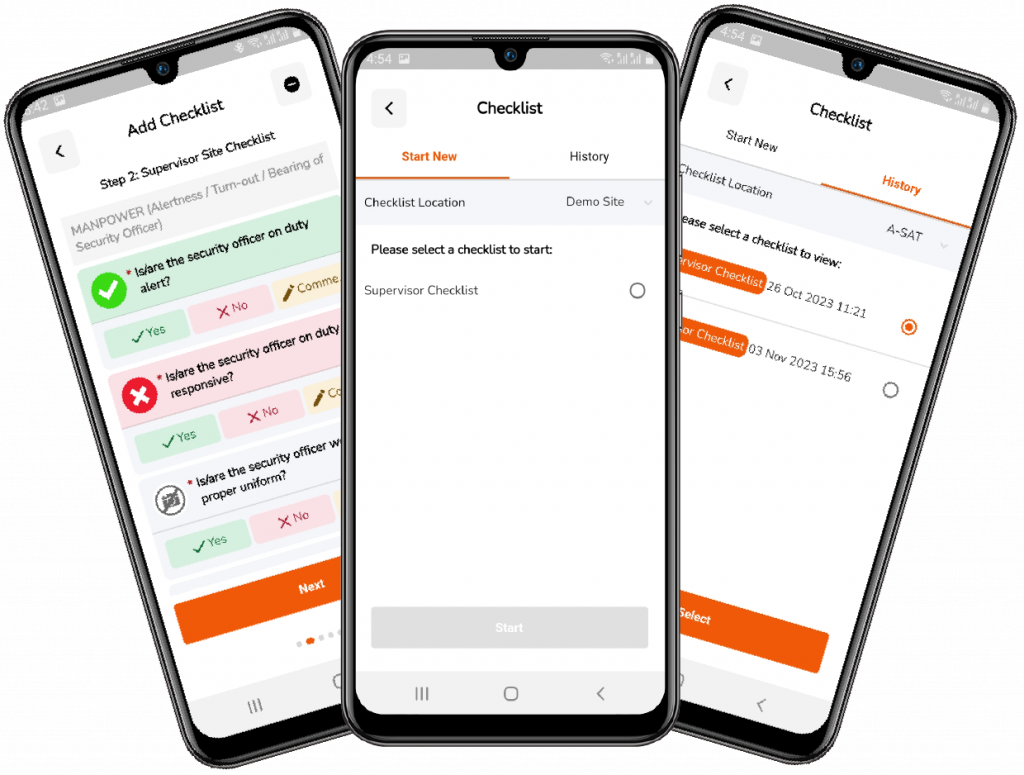SUPERVISOR CHECKLIST MODULE

iSecure360 Supervisor Checklist module offers a comprehensive solution for managing and tracking supervisor tasks and inspections with ease. Designed to streamline workflow and enhance operational efficiency, this module empowers supervisors to create customized checklists tailored to specific requirements and protocols. Whether conducting routine inspections, safety audits, or equipment checks, supervisors can efficiently record observations, flag issues, and assign corrective actions as needed. With real-time visibility into checklist completion status, management can ensure accountability and compliance across teams and locations. Automated reminders and notifications keep supervisors on track and informed of upcoming tasks, while comprehensive reporting capabilities provide valuable insights for performance analysis and continuous improvement initiatives. With iSecure360 Supervisor Checklist, organizations can optimize their inspection processes, mitigate risks, and uphold the highest standards of quality and safety across their operations.
Advantages
- Customizable Checklists: Create personalized checklists tailored to specific tasks, inspections, or protocols, ensuring alignment with organizational requirements.
- Efficient Task Management: Streamline workflow and task delegation by assigning checklist items to supervisors or team members with clear responsibilities and deadlines.
- Real-time Visibility: Gain instant insights into checklist completion status and progress, enabling supervisors and management to track performance and address issues promptly.
- Accountability Enforcement: Hold supervisors accountable for completing assigned checklists and addressing identified issues or discrepancies in a timely manner.
- Comprehensive Reporting: Generate detailed reports on checklist completion rates, identified issues, corrective actions taken, and overall performance trends for analysis and decision-making.
- Compliance Assurance: Ensure compliance with regulatory requirements, industry standards, and internal policies through systematic checklist completion and documentation.
- Risk Mitigation: Identify potential risks, hazards, or compliance gaps through thorough inspections and proactive corrective actions, minimizing the likelihood of incidents or accidents.
- Continuous Improvement: Use insights from checklist data and performance metrics to drive continuous improvement initiatives, optimizing operational efficiency and effectiveness over time.

